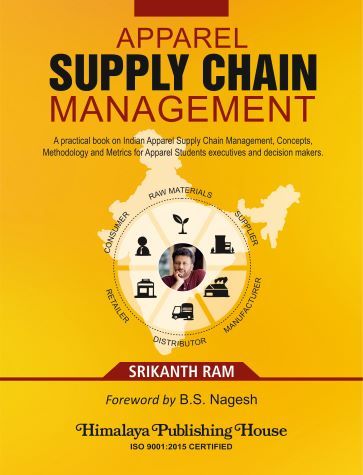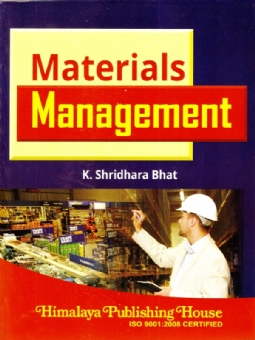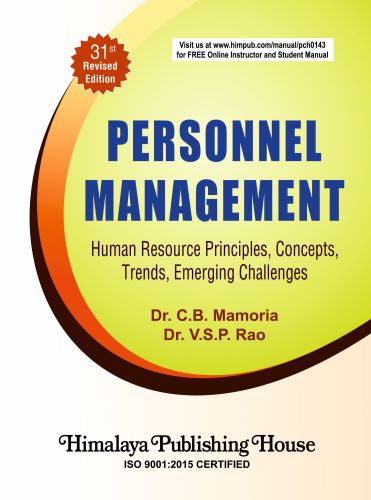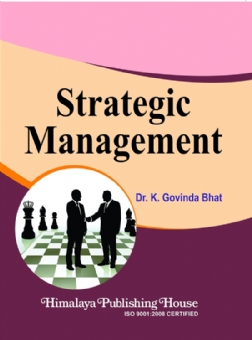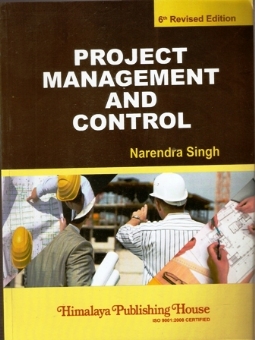“Apparel Supply Chain Management” is a detailed exploration of the intricate Indian apparel industry, offering readers a deep dive into its many facets. This book serves as an invaluable resource for anyone involved in or aspiring to join the apparel sector, from students to seasoned executives. It lays out the fundamental concepts and advanced methodologies essential for mastering supply chain dynamics in this specific context.
Readers will gain practical insights into product development, sales, sourcing, and quality assurance, directly applicable to their careers. The book is particularly beneficial for those seeking to enhance their strategic thinking and decision-making skills in a complex, fast-paced industry.
Moreover, the guide delves into the creation and nurturing of high-performance teams, a crucial aspect for success in any business. It also addresses the challenges of the modern apparel supply chain, providing innovative solutions and best practices.
By the end of this book, readers will not only understand the technicalities of supply chain management but also how to apply these principles effectively for business growth and sustainability. It’s an essential read for anyone looking to excel in the dynamic world of apparel supply chain management.
Contents –
1. Supply Chain and the Apparel Industry –
1.1 Learning Objectives
1.2 Definition of Supply Chain Management
1.3 Evolution of Supply Chain Management
1.4 Key Stages of Apparel Supply Chain
1.5 Types of Apparel Supply Chains
1.6 Supply Chain Challenges in Apparel Industry
1.7 Future of Supply Chain Management in the Apparel Industry
Conclusion
Expert Interview: Dhruva Chauhan (Chief Business Officer, Raymond Suitings)
Case Study: Zara’s Supply Chain – Harnessing the Power of Speed and Sustainability
Chapter Review Questions
2. Factors that Impact Apparel Supply Chain –
2.1 Learning Objectives
2.2 Indian Textile and Apparel Industry
2.3 Key Trends Changing Supply Chain Management Today
2.4 Raw Material Sourcing Bases
2.5 Factors that Determine Locations for Apparel Manufacturing
2.6 Flow of Garment Supply Chain
2.7 Factors for Success in Apparel Production
2.8 Broad Strategies to Manage Risk in Apparel Supply Chains
Conclusion
Expert Interview: Rags Ramanujam (Director, Shahi Exports India)
Case Study: VF Corporation and Apparel Supply Chain Transparency
Chapter Review Questions
3. Retail in India –
3.1 Learning Objectives
3.2 The Changing Face of Retail
3.3 Growth Factors in Indian Organised Retail
3.4 Supply Chain for the Apparel Retail Industry
3.5 The Reverse Supply Chain – What Becomes of the Return?
Conclusion
Expert Interview: Venu Nair (Former MD & CEO, Shoppers Stop)
Case Study: Vedant Fashions – Leveraging the Power of Supply Chain for Exponential Growth in the Indian Retail Space
Chapter Review Questions
References
4. Organisational Structure of the Apparel Industry –
4.1 Learning Objectives
4.2 Organisational Chart and Department Structure
4.3 Key Departments in Apparel Industry
4.4 Interdepartmental Communication and Coordination
Conclusion
Expert Interview: Dr. Sanjeev Kumar Chauhan (Director HR, Pepe Jeans India Ltd.)
Case Study: Organisational Restructuring and Consolidation: Unlocking Synergies and Overcoming Challenges at Raymond Apparel Limited
Chapter Review Questions
5. Raw Materials –
5.1 Learning Objectives
5.2 Classification of Raw Materials
5.3 Comparison between Various Fabric Types
5.4 Trims and Accessories
5.5 Fabric Manufacturing
What’s Recycled Fabrics?
Conclusion
Expert Interview: Pradeep KP (Founder and CEO, Dhiway)
Case Study: Delays in Lead Time within the Apparel Supply Chain
Chapter Review Questions
6. Sourcing and Production –
6.1 Learning Objectives
6.2 Introduction to Fabric Sourcing
6.3 Factors and Challenges in Fabric Sourcing
6.4 Types of Suppliers
6.5 Fast Fashion
6.6 Ethical Sourcing and Transparency
6.7 Garment Production System
6.8 Production Planning and Control
Conclusion
Expert Interview: V.S. Ganesh (Director & CEO, Page Industries Ltd.)
Case Study 1: Revolutionizing Garment Production: The Rise of SoftWear Automation’s Sewbot
Case Study 2: Customization at the Speed of Demand: The Adidas Speedfactory Experiment
Chapter Review Questions
7. Quality Assurance –
7.1 Learning Objectives
7.2 Quality and Quality Assurance
7.3 Quality Assurance Process and Methods
7.4 Quality Control
7.5 Quality Management System in Garment Manufacturing
7.6 Garment Testing
Conclusion
Expert Interview: Deepak D’souza (South-West Asia Production Director, Decathlon International)
Case Study: The Lululemon Athletica Luon Pants Recall Incident
Chapter Review Questions
8. Logistics –
8.1 Learning Objectives
8.2 Logistics Overview
8.3 Leading Logistics Companies
8.4 Logistics Trends that will Drive the Supply Chain
8.5 Role of Technology in Logistics Management
8.6 Internal Logistics
8.7 Outsourced Logistics Relationship and Services
8.8 Logistical Risks in Apparel Industry
8.9 Logistics Management as a Competitive Advantage
Conclusion
Case Study: Enhancing Logistics and Supply Chain Management in the Apparel Industry through Technological Innovations
Chapter Review Questions
9. Flow of Information through the Supply Chain 154 – 174
9.1 Learning Objectives
9.2 Data Supply Chain
9.3 Supply Chain Inventory Management
9.4 Use of RFID in Supply Chains
9.5 Data Collection
9.6 Supply Chain Management Dashboard
9.7 Process Improvement Strategies
Conclusion
Expert Interview: Mr. Gunish Jain (CEO, BlueKaktus)
Case Study: Transforming TCNS Clothing’s Operations: Unicommerce’s AI-powered Supply Chain Solution
Chapter Review Questions
10. Supply Chain Financing 175 – 190
10.1 Learning Objectives
10.2 Apparel Production Financing
10.3 Apparel Industry Financing Instruments
10.4 Methods of Payment of International Trade
10.5 Impact of Supply Chain Performance on a Firm’s Financial Performance
Conclusion
Expert Interview: Arun Ganapathy (CFO, House of Anita Dongre Limited)
Case Study 1: Navigating the Unpredictable – Financial Strategies Amid Inflation in the Global Fashion Industry
Case Study 2: Harnessing Smart Finance Strategies for Success: A Case Study of Arvind Limited
Chapter Review Questions
11. The Customer 191 – 206
11.1 Learning Objectives
11.2 Changing Customer Mindset
11.3 How Customer Preferences impact Supply Chain Planning?
11.4 Emerging Business Models
11.5 Consumer Data Protection
11.6 Sustainable Technology
Conclusion
Expert Interview: Mr. Ganesh Subramanian (Founder and CEO, Stylumia)
Case Study: The Aftermath of COVID-19: A Permanent Shift Toward Sustainable Choices in the Indian Fashion Industry
Chapter Review Questions
12. Corporate Social Responsibility 207 – 231
12.1 Learning Objectives
12.2 Corporate Social Responsibility
12.3 Sustainable Policies in Apparel Industry
12.4 Sustainability Certifications
12.5 Leading Sustainable Indian Apparel Companies
Conclusion
Expert Interview: Raman Dutta (CEO, Alliders; Founder & National General Secretary) Brands and Sourcing Leaders Association
Case Study: Nike
Indian apparel companies and their initiatives in Corporate Social Responsibility (CSR) and Sustainability
Chapter Review Questions
KPIs and KRAs for Various Functions of Apparel Industry

